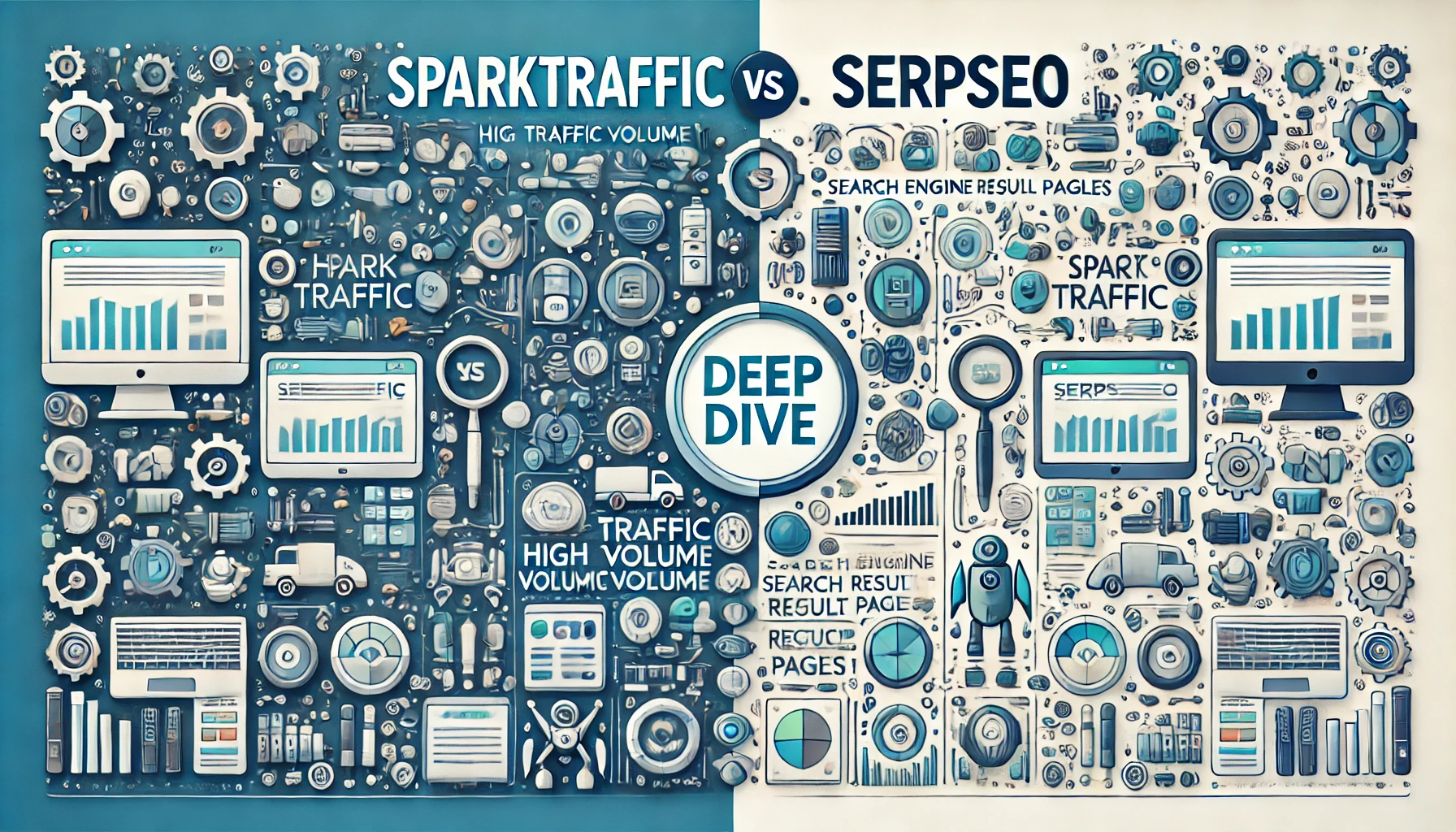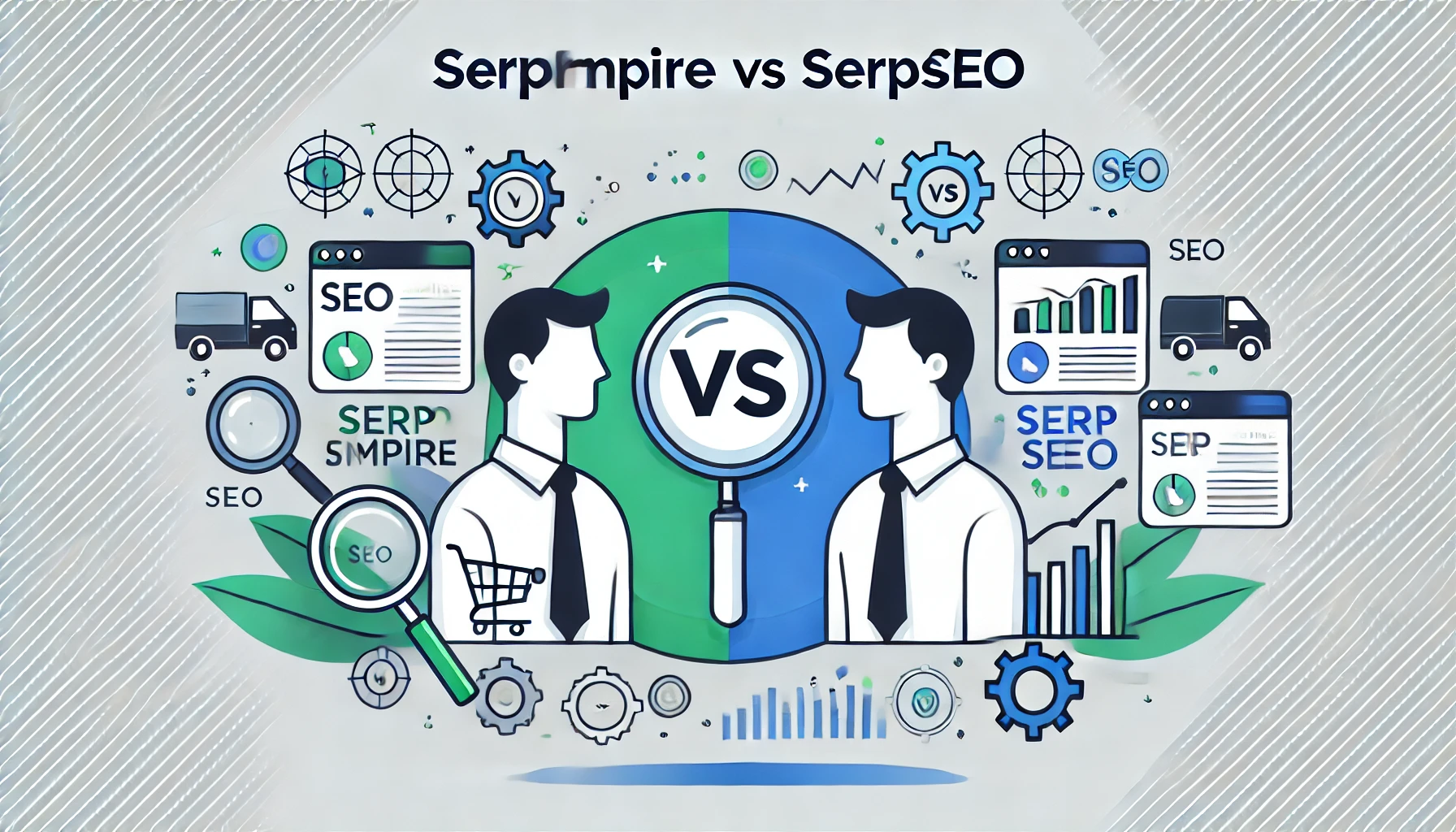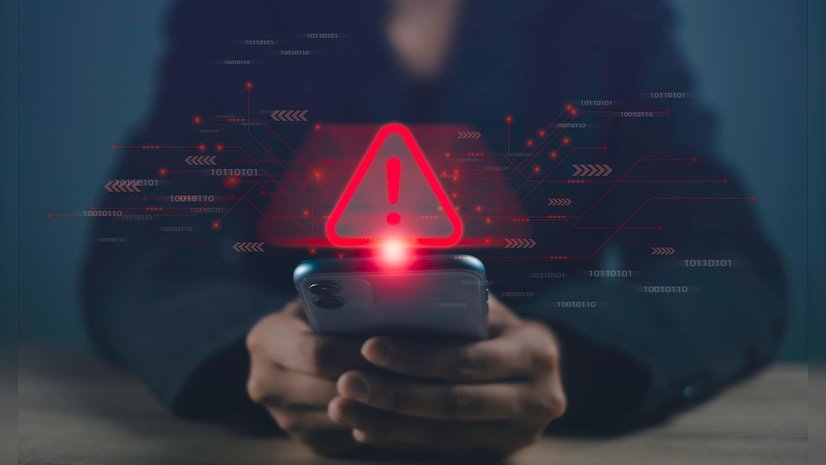

SparkTraffic vs SERPSEO: Which Traffic Tool Actually Works in 2025?
Looking for an honest breakdown of SparkTraffic vs SERPSEO? I’ve spent months testing both platforms extensively, and what I discovered might surprise you.
This in-depth comparison will help you understand which traffic tool (if either) deserves your marketing budget in 2025.
What These Traffic Generation Tools Actually Do
SparkTraffic (established 2015) and SERPSEO (founded 2024) both aim to boost website visibility, but through fundamentally different approaches.
SparkTraffic: The Volume Play
SparkTraffic positions itself as a comprehensive traffic generation solution that promises to:
- Deliver substantial visitor numbers to your website
- Make these visits appear natural in analytics platforms
- Distribute traffic across multiple pages
- Support various traffic sources (organic, social, referral)
According to their marketing materials, SparkTraffic claims to be a “game-changing solution” for website growth needs with “100% human-qualified and converting traffic.”
SERPSEO: The CTR Manipulation Specialist
SERPSEO takes a more focused approach by:
- Specifically targeting click-through rate (CTR) improvement
- Simulating searches and clicks directly from Google SERPs
- Using residential IP addresses for “organic-looking” clicks
- Focusing on improving specific keyword rankings
SERPSEO markets itself as enhancing “organic search traffic and elevate website rankings on Google by strategically improving the click-through rate.”
How Each Platform Actually Works (The Technical Deep Dive)
SparkTraffic’s Traffic Generation Mechanism
SparkTraffic operates through:
- IP Address Network: Directs visitors using multiple IP addresses to simulate organic traffic patterns
- Traffic Sources: Claims to utilize various websites, social media platforms, and online destinations as traffic sources
- Automated Systems: Despite marketing claims of “real human traffic,” multiple independent analyses point to sophisticated bots as the primary traffic source
- Clicker Marketplace: Operates a supplementary system where individuals (called “clickers”) find and visit websites to potentially improve organic CTR
The technical evidence suggests SparkTraffic primarily relies on automated systems that can appear in Google Analytics but often show discrepancies when compared with other tracking methods.
SERPSEO’s CTR Manipulation System
SERPSEO employs a more sophisticated technical approach:
- Keyword-Targeted Searches: The system performs actual Google searches using your targeted keywords
- SERP Scanning: After searching, the bot scans search results to locate your website URL
- Residential IP Usage: SERPSEO claims to use “real residential clickers” rather than data center IPs or basic proxies, making detection harder
- Search Behavior Simulation: The system mimics normal search behavior including:
- Typing keywords into Google
- Navigating through results
- Finding your site
- Visiting multiple pages
- Scrolling and spending chosen time on-site
- Google Search Console Visibility: A key technical difference is that SERPSEO clicks are reportedly visible in Google Search Console, not just Analytics
Feature Comparison: What You Actually Get
| Feature | SparkTraffic | SERPSEO |
|---|---|---|
| Core Function | Traffic Generation | CTR Manipulation |
| Traffic Sources | Multiple (claims organic, social, referral) | SERP clicks only |
| Geo-targeting | 200+ countries (city-level) | 150+ countries |
| Session Duration | Up to 5 minutes | Up to 4 minutes (plan dependent) |
| Pages Per Visit | Up to 11 pages | Up to 3 pages |
| IP Address Type | Mix of data center & residential (tier dependent) | Claims real residential IPs |
| Analytics Integration | Google Analytics focused | Google Search Console & Analytics |
| Additional Features | SEO analysis, link management, rank tracking | Real-time click statistics, API access |
| Free Trial Option | 6,000 free visitors (Nano plan) | 75 SEO clicks (3-day trial) |
The Critical Truth About Traffic Quality
SparkTraffic Traffic Reality Check
Independent reviews and testing reveal significant concerns:
- Discrepancies in Reporting: Several users report major differences between SparkTraffic’s claimed traffic and what Google Analytics shows
- Bot Traffic Indicators: Analysis of traffic patterns shows characteristics consistent with automated visits rather than genuine users
- Analytics vs. Search Console: A telling sign is that traffic often appears in Google Analytics but not in Google Search Console, suggesting URL spoofing techniques
- Engagement Metrics: High bounce rates and minimal interaction metrics suggest non-human traffic patterns
As one reviewer discovered: “While SparkTraffic claimed thousands of page views, their website tracker recorded no actual visitors during the same period.”
SERPSEO Traffic Quality Assessment
SERPSEO’s traffic approach raises different concerns:
- Artificial CTR Manipulation: SERPSEO directly manipulates a ranking factor (CTR), which is explicitly against search engine guidelines
- Residential IP Advantage: The use of residential IPs does make detection less likely than standard proxies
- Search Console Visibility: Traffic appearing in Search Console provides a technical advantage over purely spoofed analytics data
- Engagement Simulation: SERPSEO claims to better mimic genuine user behavior by controlling session duration and pages visited
Despite these technical advantages, SERPSEO still creates artificial signals that don’t represent genuine user interest, posing significant risks.
Pricing Structures: What You’ll Pay
SparkTraffic’s Volume-Based Model
SparkTraffic offers tiered pricing based on traffic volume:
- Free Nano Plan: 6,000 page views monthly (limited features, no geo-targeting)
- Traffic Trial Pack: Starts at £9.99/month
- Medium Pro: Up to 300,000 page views with additional features
- Large Pro: Up to 600,000 page views with city-level targeting
- Max Pro: Over 50 million monthly page views available
Each plan offers different IP address quality tiers (Economy, Professional, Expert) affecting the sophistication of the traffic.
SERPSEO’s Click-Based Pricing
SERPSEO uses a monthly subscription model based on daily clicks:
- Mini: £29/month – 25 clicks/day, 12 keywords
- Medium: Higher tier – 50 clicks/day, 25 keywords, 2-minute sessions
- Large: Mid-tier – 100 clicks/day, 50 keywords, 3-minute sessions
- Ultimate: Top tier – 150 clicks/day, 75 keywords, 4-minute sessions
All plans include consistent features like country targeting, custom devices, bounce rate control, and unique IP per visit.
User Experiences & Reviews: The Real Story
What SparkTraffic Users Report
SparkTraffic has a mixed reputation:
- Positive Aspects: Easy interface, consistent delivery of traffic numbers, affordable entry-level plans
- Critical Feedback: Many users report suspicion or direct evidence of bot traffic with limited engagement
- Shopper Approved Rating: 4.5/5 stars from 305 reviews, suggesting general satisfaction with purchase experience
- Authenticity Concerns: “The recurring theme in negative feedback is the suspicion or direct evidence of bot traffic being the primary source, with users noting a lack of genuine engagement”
SERPSEO User Experiences
SERPSEO generally receives more consistent feedback:
- Highlighted Strengths: User-friendly interface, robust analytics features, targeted approach
- Support Quality: Quick, responsive customer service with knowledgeable staff
- Value Perception: Users report SERPSEO as cost-effective compared to similar services
- Occasional Issues: Some users mention delays in support responses during peak times
Real-World Applications: When Each Platform Might Make Sense
Practical Uses for SparkTraffic
Despite its limitations, SparkTraffic might be suitable for:
- Load Testing: Verifying your website can handle traffic spikes
- Analytics Configuration: Testing proper setup of tracking systems
- Presentation Metrics: Creating impression of activity for stakeholders
- Ad Network Requirements: Meeting minimum traffic thresholds
For example, an e-commerce site launching a new platform might use SparkTraffic to stress-test server capacity before a major promotion.
Strategic Applications for SERPSEO
SERPSEO might be strategically used for:
- CTR Impact Research: Understanding how click rates affect specific keywords
- Initial Visibility Boost: Getting new content noticed in search results
- Competitive Analysis: Testing ranking factors in your niche
- SERP Feature Testing: Evaluating how increased CTR affects rich snippet appearance
A case example: A business launching in a competitive niche might use SERPSEO to gain initial traction while implementing long-term organic strategies.
The Serious Risks You Need to Consider
SparkTraffic Risk Assessment
Using SparkTraffic carries substantial potential consequences:
- Search Engine Penalties: Artificial traffic detection can trigger ranking drops or complete de-indexing
- Analytics Pollution: Makes data-driven decisions nearly impossible with contaminated metrics
- Brand Reputation: Association with manipulative practices can damage credibility with customers and partners
- Algorithm Updates: Google regularly improves detection of artificial traffic patterns
SERPSEO Risk Evaluation
SERPSEO presents different but equally serious risks:
- Direct Terms of Service Violation: CTR manipulation explicitly violates Google’s guidelines
- Black-Hat Classification: This approach is widely considered click fraud by SEO professionals
- Penalty Likelihood: If detected, can result in severe ranking drops or de-indexing
- Short-Term Results: Any gains are typically temporary and can vanish suddenly
The Ethical Considerations You Shouldn’t Ignore
Both platforms raise significant ethical questions:
SparkTraffic Ethical Issues
- Misrepresentation: Creating an illusion of popularity without genuine interest
- Data Integrity: Compromising the reliability of web analytics systems
- Resource Waste: Consuming bandwidth and server resources with non-converting visits
SERPSEO Ethical Concerns
- Algorithm Manipulation: Deliberately deceiving search ranking systems
- Competitive Fairness: Gaining advantage through technical manipulation rather than value creation
- User Trust: Undermining the reliability of search results for actual users
The Sustainable Alternative Approach
Instead of artificial traffic tactics, consider these proven strategies:
- Value-First Content Creation: Develop resources that genuinely solve user problems
- Example: Industry research, how-to guides, decision tools
- Technical SEO Optimization: Ensure your site meets all search engine technical requirements
- Example: Improving site speed, mobile responsiveness, schema markup
- Ethical Link Building: Earn backlinks through valuable contributions to your industry
- Example: Guest posting, creating reference materials, participating in communities
- User Experience Enhancement: Improve how visitors interact with your site
- Example: Simplifying navigation, improving readability, optimizing for conversions
- Targeted Paid Acquisition: Use legitimate advertising channels for immediate traffic
- Example: Google Ads, social media advertising, industry newsletter sponsorships
FAQs: What You’re Really Wondering About
Is SparkTraffic traffic actually real human visitors? Despite claims of “100% human-qualified traffic,” independent reviews consistently indicate automated bot traffic is the primary source. Multiple users report significant discrepancies between claimed and actual visitor counts.
Can SERPSEO really improve my Google rankings permanently? SERPSEO may create temporary ranking improvements by manipulating CTR signals, but this approach violates Google’s guidelines. Any gains are typically unsustainable once Google’s algorithms identify the manipulation patterns.
Will either service help my conversion rates? Neither service delivers genuinely interested visitors. SparkTraffic users report negligible conversion improvements, while SERPSEO focuses solely on search result clicks rather than meaningful engagement.
How does Google detect artificial traffic? Google employs sophisticated pattern recognition that analyzes behavior signals, engagement metrics, IP address characteristics, and cross-reference data between Analytics and Search Console. Their detection capabilities continuously evolve.
What are the safest alternatives for increasing website traffic? The most sustainable approaches include content marketing, legitimate SEO practices, social media engagement, email marketing, and authorized paid advertising channels.
Could these services get my site penalized or de-indexed? Yes. Both platforms employ techniques that violate search engine guidelines. SparkTraffic risks penalties for artificial traffic patterns, while SERPSEO risks more severe consequences for direct ranking factor manipulation.
Final Verdict: SparkTraffic vs SERPSEO in 2025
After thoroughly examining both SparkTraffic vs SERPSEO, the conclusion is clear: both services represent significant risks that outweigh potential short-term benefits.
SparkTraffic delivers questionable traffic that may appear in analytics but lacks genuine engagement. SERPSEO offers a more sophisticated approach to CTR manipulation but directly violates search guidelines.
For sustainable website growth, invest instead in creating genuine value for users through quality content, technical excellence, and legitimate marketing channels. These approaches build lasting authority without the substantial risks of artificial traffic generation.







